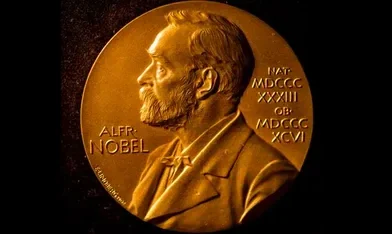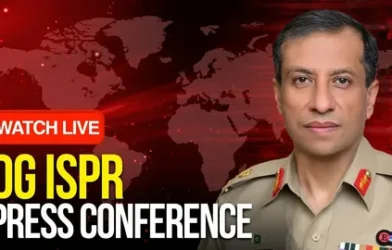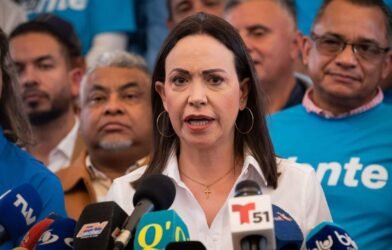Nuclear Tensions, Domestic Pressures, and Shifting Alliances
Iran continues to dominate global headlines in June 2025, as the country finds itself at the center of rising international tensions, internal political challenges, and renewed economic pressure. From ongoing disputes over its nuclear program to shifting alliances in the region, Iran is navigating one of its most complex periods in recent history.
One of the most pressing issues making global news is Iran’s continued progress in its nuclear program. According to the latest report from the International Atomic Energy Agency (IAEA), Iran is now enriching uranium close to weapons-grade levels. Inspectors have expressed concern about reduced access to Iranian nuclear facilities and incomplete disclosures about enrichment sites. Although Iranian officials maintain that their nuclear program is intended for peaceful purposes such as energy production and medical research, the lack of transparency has raised alarm among Western governments.
Efforts to revive the 2015 nuclear agreement, formally known as the Joint Comprehensive Plan of Action (JCPOA), have once again stalled. While there were some signs of movement earlier this year, diplomatic talks have broken down over key disagreements, particularly regarding sanctions relief and verification mechanisms. The United States, along with European countries, has urged Iran to return to full compliance, while Iran demands the lifting of all economic sanctions before making any concessions.
The nuclear standoff has also reignited tensions with Israel. Israeli leadership has made it clear that they will not tolerate a nuclear-armed Iran and have hinted at the possibility of military action. This threat has prompted Iran to increase its military readiness. In recent weeks, the Iranian military has conducted several large-scale exercises, including ballistic missile drills and air defense simulations. Iranian leaders have stated that any attack on their territory will be met with a decisive and widespread response.
At the same time, Iran is facing growing internal challenges. The country’s economy, still under heavy U.S. and European sanctions, continues to struggle. Inflation remains high, the value of the rial has dropped further, and unemployment is rising. Ordinary Iranians are feeling the pressure, and there have been sporadic protests in major cities like Tehran, Isfahan, and Mashhad. Protesters have called for government accountability, economic reforms, and greater political freedoms. While the government has responded with increased security presence and some arrests, the discontent reflects deep frustrations within the population.
President Masoud Pezeshkian, who came into office in 2024 as a moderate reformist, has promised to stabilize the economy and improve Iran’s international image. However, his efforts are being challenged by hardliners within the government and the powerful Revolutionary Guard, who are skeptical of Western negotiations and prefer a more confrontational approach. This internal power struggle is shaping much of Iran’s current policy direction.
In regional affairs, Iran continues to maintain close ties with Syria, Hezbollah in Lebanon, and various armed groups in Iraq and Yemen. These relationships give Iran strategic influence across the Middle East but also expose it to ongoing conflicts and international criticism. Iran has also deepened its cooperation with Russia and China, particularly in energy, trade, and military technology. These alliances help Iran bypass some sanctions but also shift the geopolitical balance in ways that concern Western powers.
On the humanitarian front, Iran has recently faced severe dust storms and drought conditions that have affected water supplies and agriculture in several provinces. Environmental activists have called on the government to take stronger action on climate resilience and natural resource management, though progress remains slow.
As June 2025 unfolds, Iran stands at a critical moment. Its decisions in the coming weeks—on diplomacy, domestic reforms, and regional strategy—will shape not only its future but also the security and stability of the broader Middle East. The world is watching closely, hoping that dialogue can prevail over conflict, and that the Iranian people can move toward a more stable and prosperous future.












Comments are closed